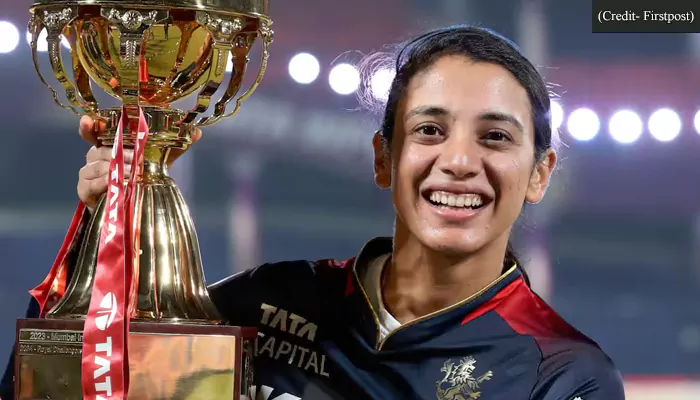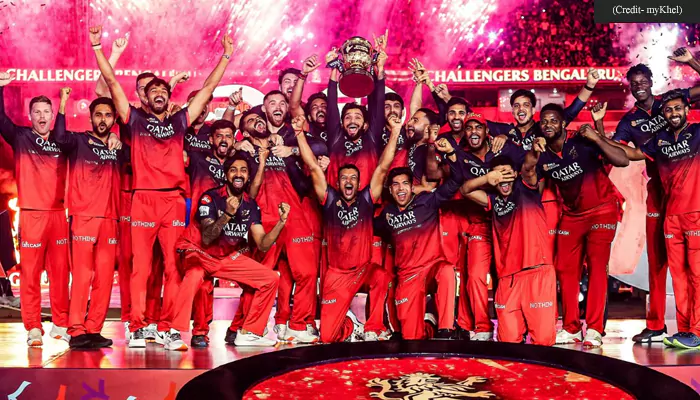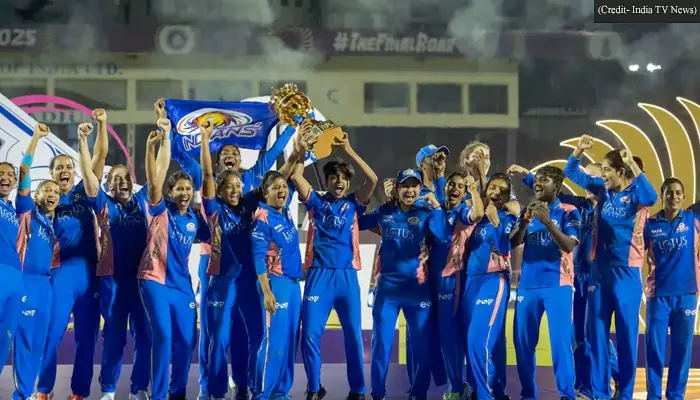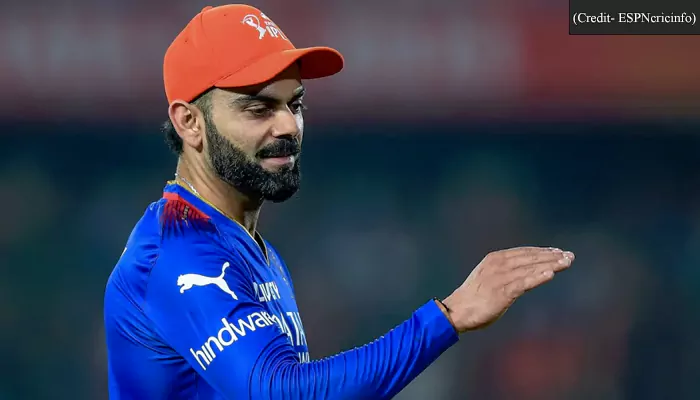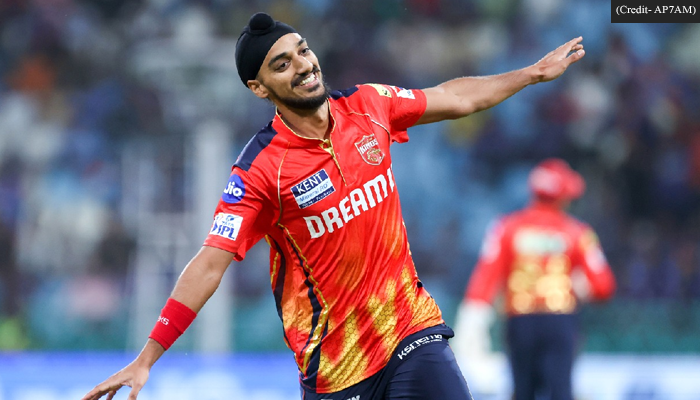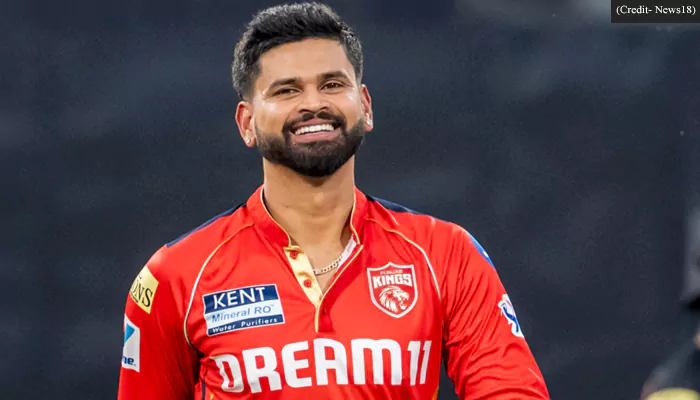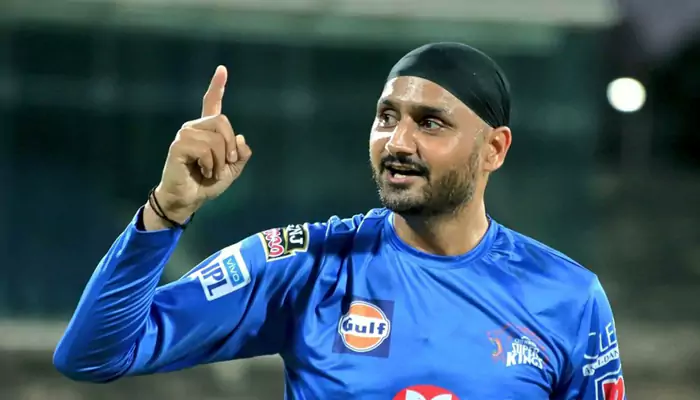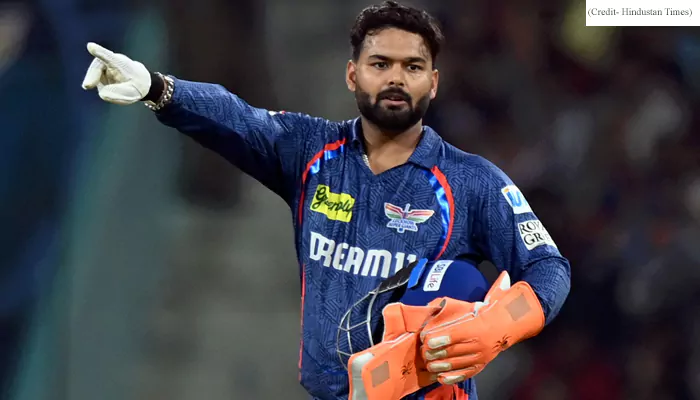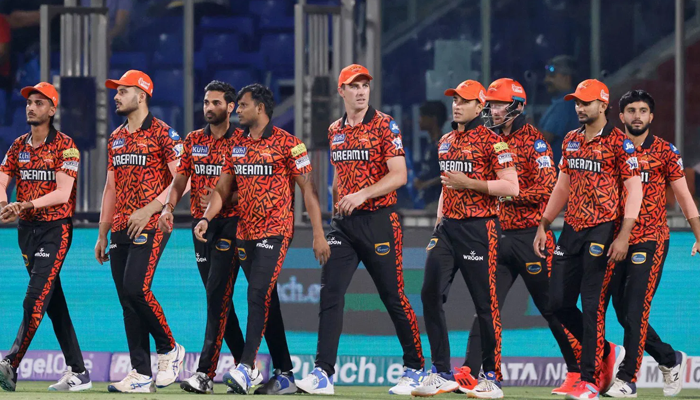The Great Water War: When IPL Faced Off Against Maharashtra’s Drought Crisis in 2016
- Sayan Guha
- 9 months ago
- 3 minutes read

A battle over cricket, conscience, and a crisis that shook the nation
The Indian Premier League (IPL) is no stranger to controversy. Over the years, it has faced bans on franchises, botched player auctions, on-field dramas, and questions regarding its influence on traditional cricket.
However, in 2016, the league found itself in the midst of an unprecedented storm—a conflict not over money, corruption, or cricketing integrity but over something far more fundamental: water.
Maharashtra, one of the country's largest cricketing centres, was in desperate need of water, yet the grounds in Mumbai, Pune, and Nagpur required millions of litres to be match-ready. What ensued was a legal storm, a moral dilemma, and a heated debate: should cricket take precedence over people's thirst?

Credit: Quint
A state in distress
Maharashtra was ablaze—both literally and figuratively. With temperatures soaring beyond 40°C and the worst drought in a century devastating the country, life in rural Maharashtra had turned into a desperate struggle in the summer of 2016.
Wells had run dry, hospitals were cancelling procedures due to water scarcity, and despondent farmers gazed at barren fields. The crisis was so severe that a special train carrying half a million litres of drinking water was dispatched to Latur, one of the hardest-hit areas.

In this context, reports that IPL pitches in Maharashtra would be irrigated with an estimated six million litres of water stirred controversy. For those unable to access even a bucket of clean water, witnessing the lush green outfields thrive was a slap in the face.
The courtroom battle
As public outrage grew, the Bombay High Court was compelled to intervene. Petitions were filed, concerns were raised, and the IPL swiftly found itself embroiled in an unexpected court battle. Can purified sewage water be utilised? Should matches be relocated from Maharashtra? Was it fair to focus solely on cricket when luxury hotels, golf courses, and other businesses were also wasting water?

Credit: Indiatimes
The court was not convinced. It ordered that 13 IPL matches scheduled in Maharashtra, including the final in Mumbai, had to be shifted. The judgment sent shockwaves through the cricketing world. The Board of Control for Cricket in India (BCCI) rushed to find alternative venues.
At the same time, franchises in Mumbai and Pune scrambled to manage damages, promising to contribute funds for drought relief. However, the decision was clear: cricket would not take precedence over human safety.

Credit: sabrangindia
The cricket vs. conscience debate
The IPL's water usage ignited a broader debate: was it merely symbolic outrage, or did a deeper moral issue lie at stake?
Critics questioned why only cricket was being scrutinised. They highlighted that golf courses, hotels, and businesses consumed significantly more water without facing any restrictions. Some argued that banning IPL matches would not resolve the drought, while others proposed that sport should set an example in times of crisis.

Credit: Indiatimes
It was a clash of perspectives. Was the IPL merely an entertainment-driven event that did not deserve such an examination? Was it an unnecessary luxury at a time when people were suffering due to water scarcity?
The aftermath
The 2016 IPL drought controversy tremendously influenced cricket, elevating it from mere entertainment to a symbol of ethical struggle. It compelled administrators to reassess water consumption in sports, leading to the utilisation of treated sewage water and a heightened awareness of responsible resource management.

However, the key issue remains: did the IPL genuinely learn its lesson, or will history repeat itself when another drought occurs? As IPL 2025 approaches, one can only hope that the conflict between cricket and morality never reaches such a climax again.

